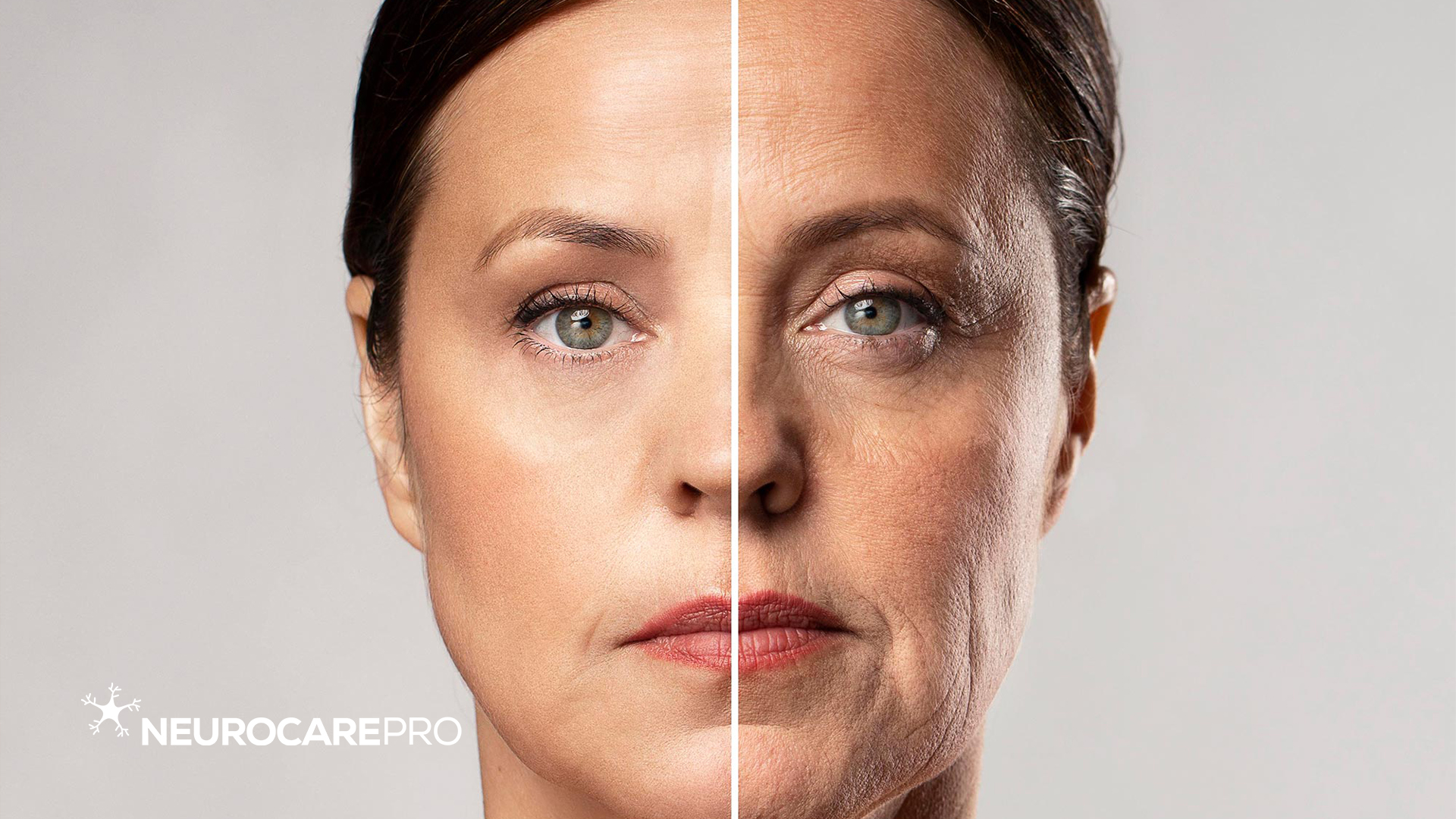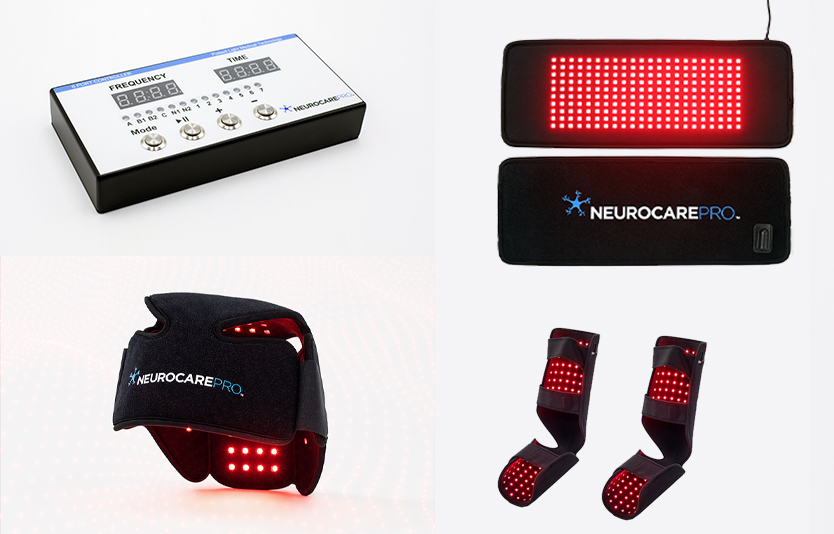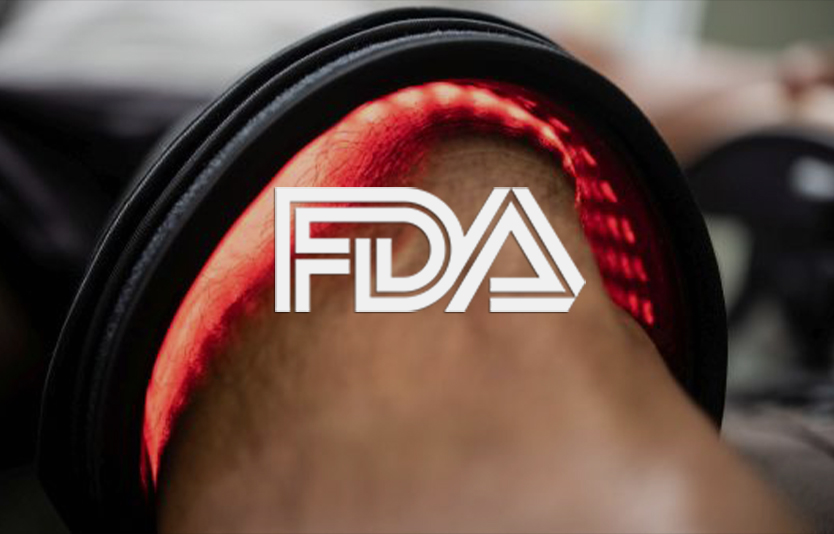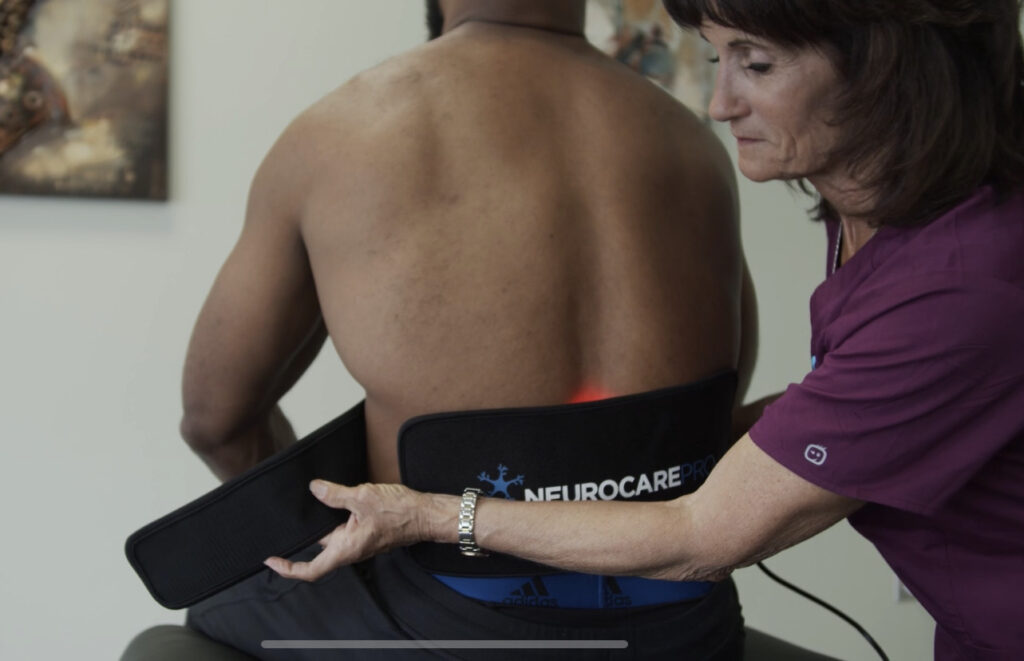Turn Back The Clock with RLT
This innovative treatment bathes your skin in a gentle glow of red and near-infrared light. Think of it as a cellular serenade, stimulating collagen and elastin production, the very proteins that keep our skin plump and bouncy. Studies liken it to plumping up grapes back into raisins – a delightful image, wouldn't you say?
The result? A canvas that whispers "youthful glow." Fine lines and wrinkles seem to soften, like ripples fading on a serene lake. Even sun damage, a shadow cast by time, may lessen its grip under red light's gentle touch.
But red light therapy's magic extends beyond just the surface. It bathes your cells in energy, boosting their mitochondrial activity, the powerhouses that keep them humming. This newfound cellular vigor can translate to a brighter, more radiant complexion, reflecting the health and vitality within.
Anti-Aging with Red Light Therapy is a safe, non-invasive, and pain-free way to embrace your most ageless self. Think of it as a luxurious spa treatment for your skin, one that you can indulge in from the comfort of your own home.
Remember, consistency is key when it comes to anti-aging with red light therapy.
Regular sessions, like chapters in a book of self-care, will allow you to fully savor its anti-aging potential. So, turn up the volume on your inner radiance, and let red light therapy help you write a glowing new chapter in your skin's story.







